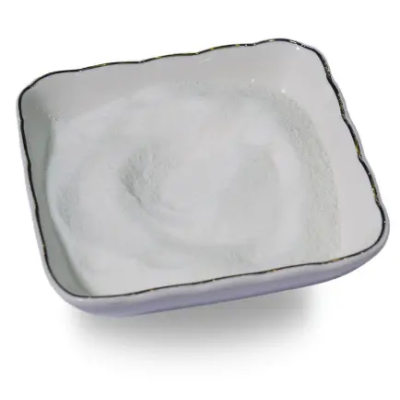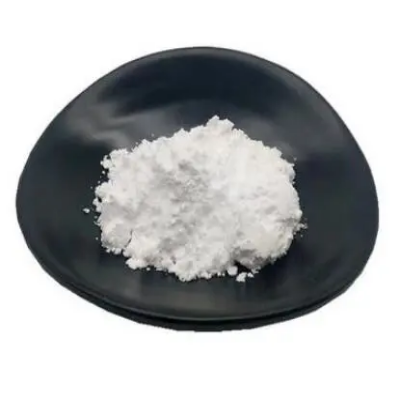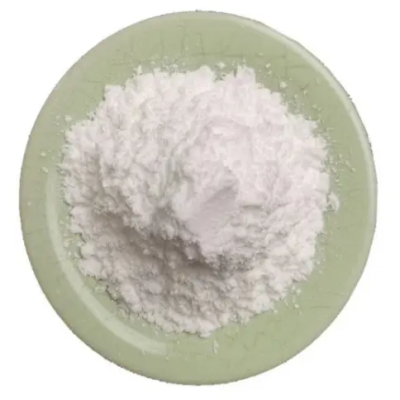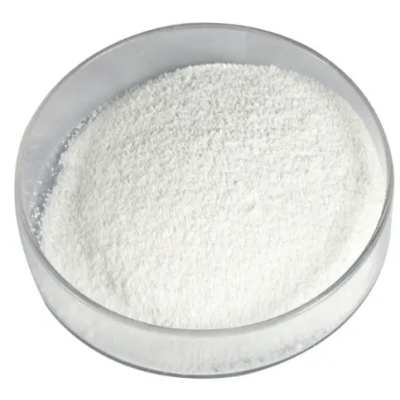(2-Aminothiazole-4-yl)aceticacid CAS:29676-71-9
The compound (2-Aminothiazole-4-yl)acetic acid demonstrates diverse applications across different industries and research fields: Medicinal Chemistry: This compound serves as a key intermediate in medicinal chemistry for the synthesis of pharmaceuticals targeting various diseases. Its thiazole ring structure and acetic acid functionality make it suitable for developing drug candidates with potential therapeutic benefits. Biological Studies: (2-Aminothiazole-4-yl)acetic acid is utilized in biological research for investigating enzyme inhibition, receptor interactions, and cellular pathways. Its ability to modulate biological processes makes it a valuable tool in understanding disease mechanisms and developing new treatment strategies. Antioxidant Activity: Some derivatives of this compound exhibit antioxidant properties, making them useful in food additives, cosmetic formulations, and nutraceutical products. Their ability to scavenge free radicals contributes to enhancing product stability and promoting health benefits. Peptide Synthesis: In peptide chemistry, (2-Aminothiazole-4-yl)acetic acid is employed as a building block for the synthesis of peptides and peptidomimetics. Its amino and carboxylic acid groups enable efficient coupling reactions for constructing peptide sequences with desired structures and functions. Photodynamic Therapy: The photosensitivity of certain derivatives of (2-Aminothiazole-4-yl)acetic acid allows their application in photodynamic therapy, a cancer treatment method that involves light activation of photosensitizing compounds to destroy tumor cells selectively. Agrochemicals: This compound finds use in the agrochemical industry for the development of pesticides and herbicides with enhanced biological activity and environmental safety profiles. Its structural characteristics contribute to the design of effective crop protection agents. Materials Science: Researchers utilize (2-Aminothiazole-4-yl)acetic acid in materials science for the synthesis of functional materials with specific properties such as conductivity, luminescence, or catalytic activity. Its presence in molecular architectures influences material performance in various applications. Analytical Chemistry: In analytical laboratories, this compound serves as a reference standard for calibration in chromatographic analyses, spectroscopic methods, and mass spectrometry. Its purity and stability make it suitable for quantification and identification of related compounds in complex samples. In conclusion, (2-Aminothiazole-4-yl)acetic acid plays a significant role in medicinal chemistry, biological research, antioxidant applications, peptide synthesis, and various other fields, showcasing its versatility and importance in advancing scientific and industrial innovations.



| Composition | C7H8N2O2S |
| Assay | 99% |
| Appearance | white powder |
| CAS No. | 29676-71-9 |
| Packing | Small and bulk |
| Shelf Life | 2 years |
| Storage | Store in cool and dry area |
| Certification | ISO. |









